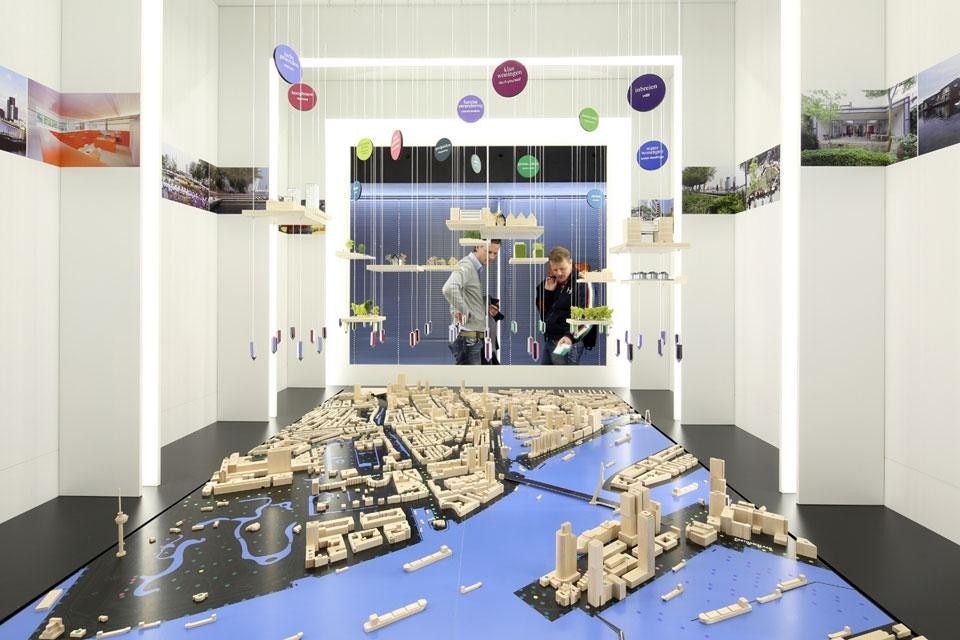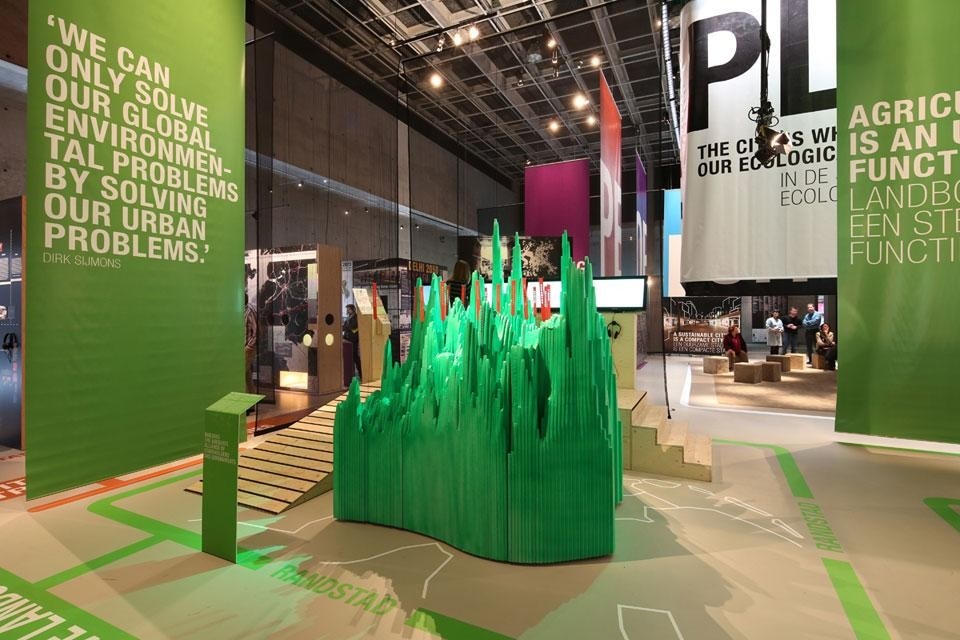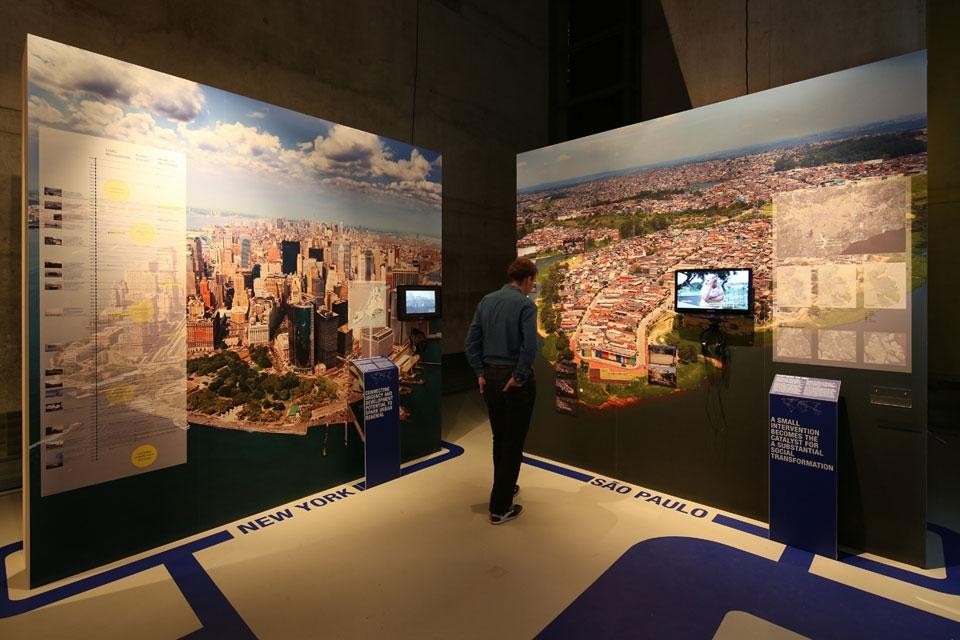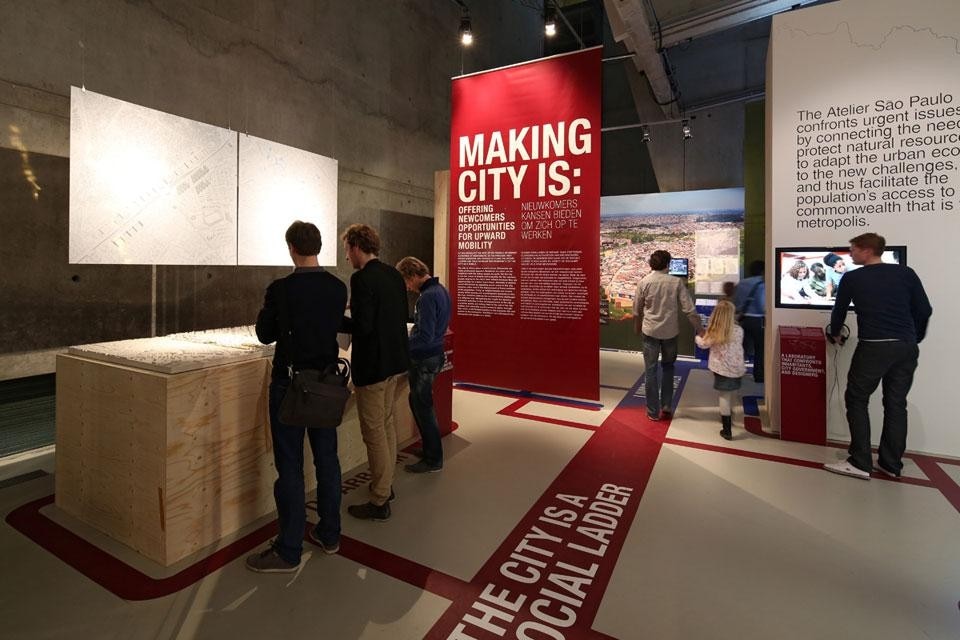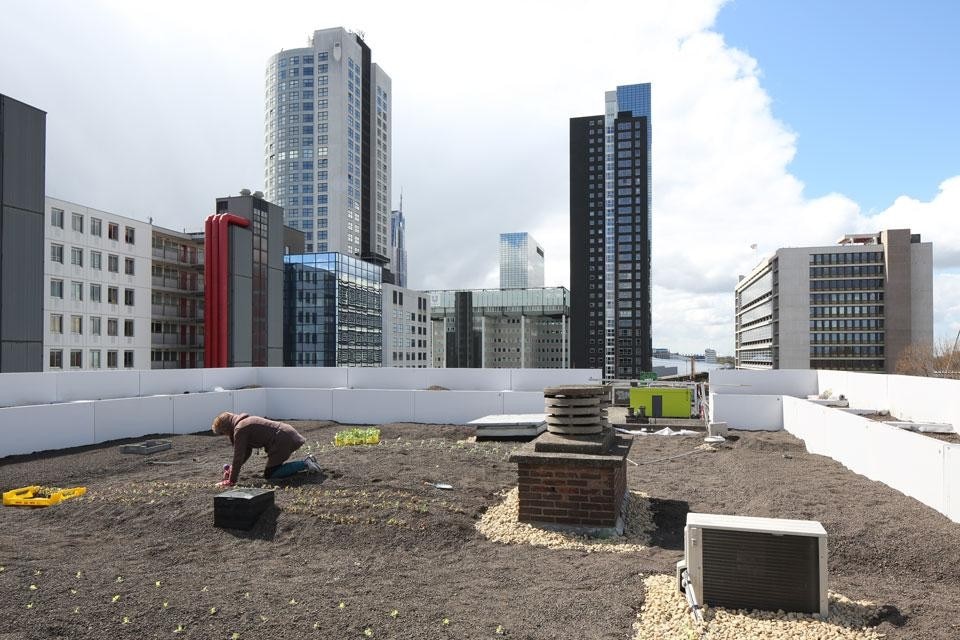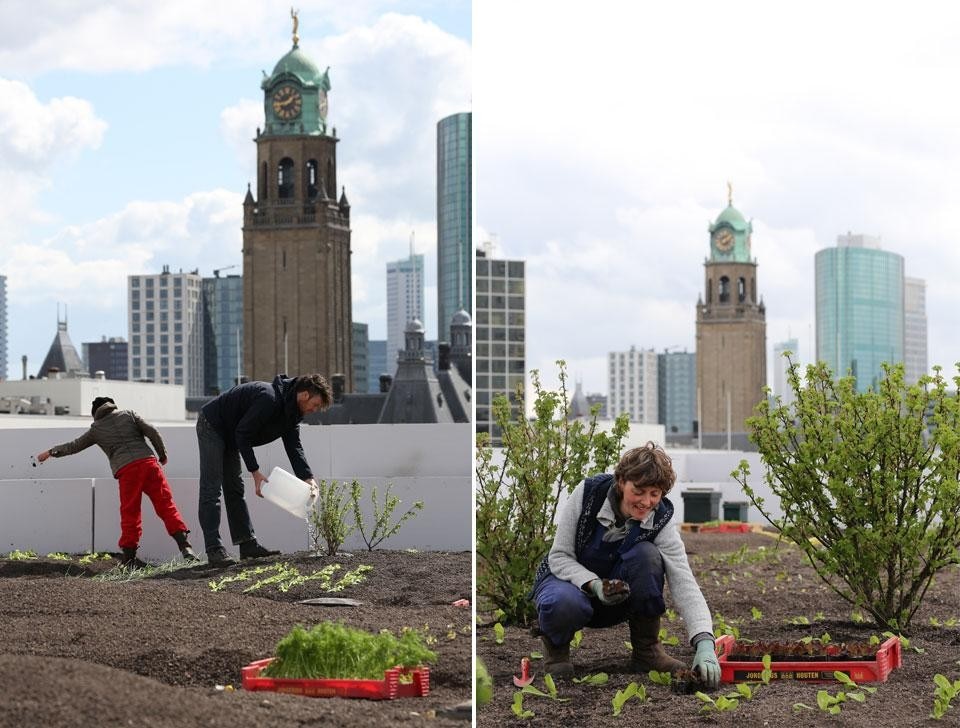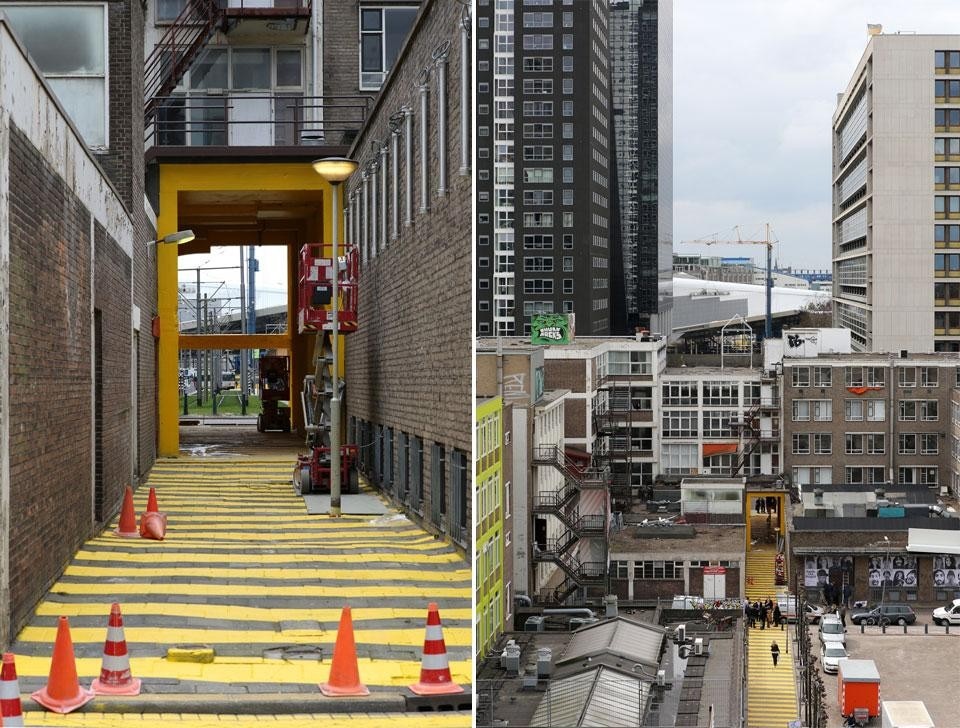This is the basis for the 2012 International Architecture Biennale Rotterdam (IABR) and its main exhibition Making City, which is housed at the Netherlands Architecture Institute (NAi), the Schieblock and its vicinity. "Austerity calls for new alliances and doing things differently", states IABR founder George Brugmans as Making City's message. "How can making city be about reinventing the economy?" It is this "how", the in depth analysis of process, that frames the entire biennale.
"We need an activist government that participates, to bridge the gap between formal policy and informal collaboration," explain Brugmans and co-curators Joachim Declerck and Henk Ovink in the exhibition catalogue. Generic management of processes results in a generic system of rules, ill-attuned to situational realities and emerging alliances. Of course, this is different from culture to culture, and from circumstance to circumstance, so the IABR has unearthed specific international evidence of changing tactics and different alliances, rather than throwing its net so wide the visitor gets lost.
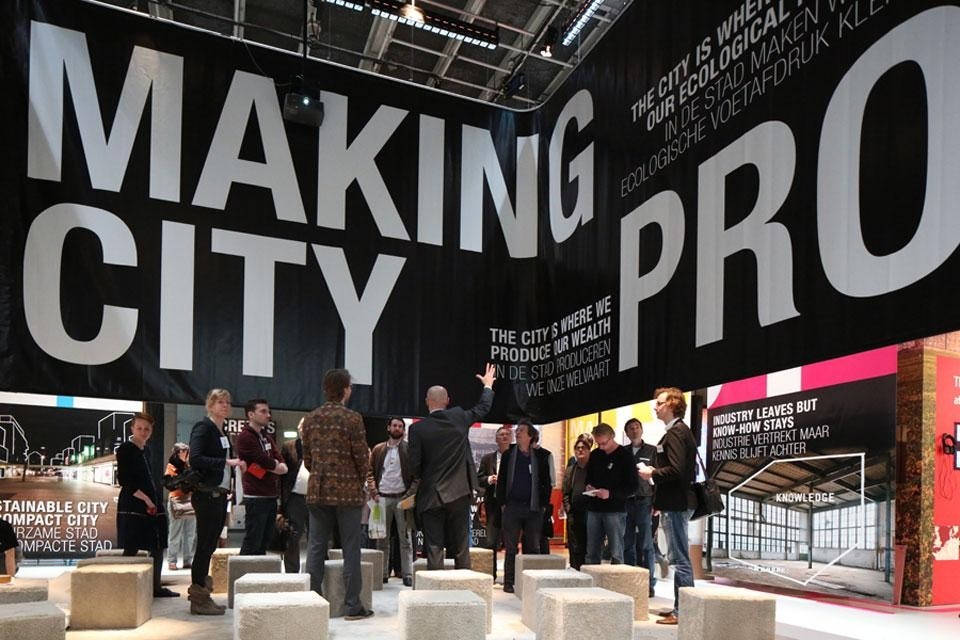
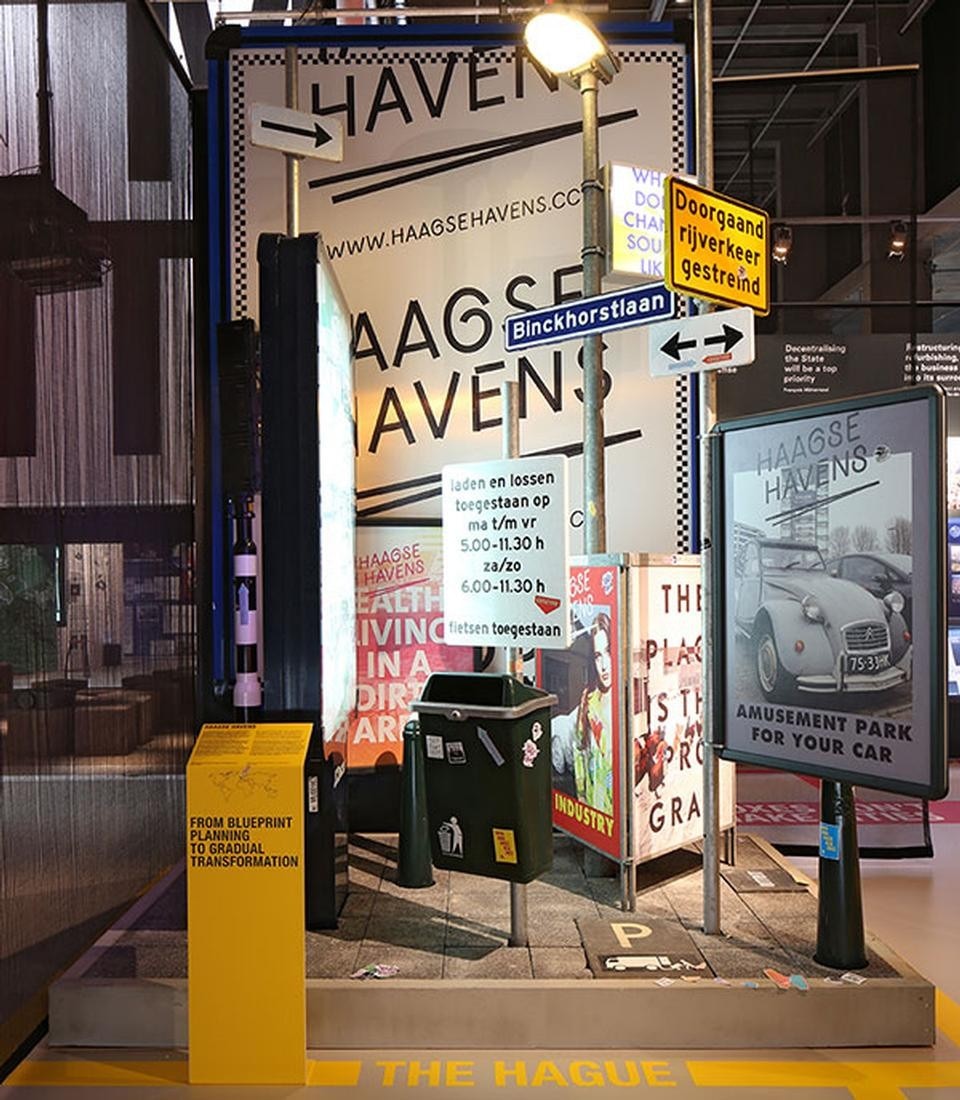
IABR's is a broader-than-usual vision of urban design, one that is hugely welcome right now as a speculative vehicle
